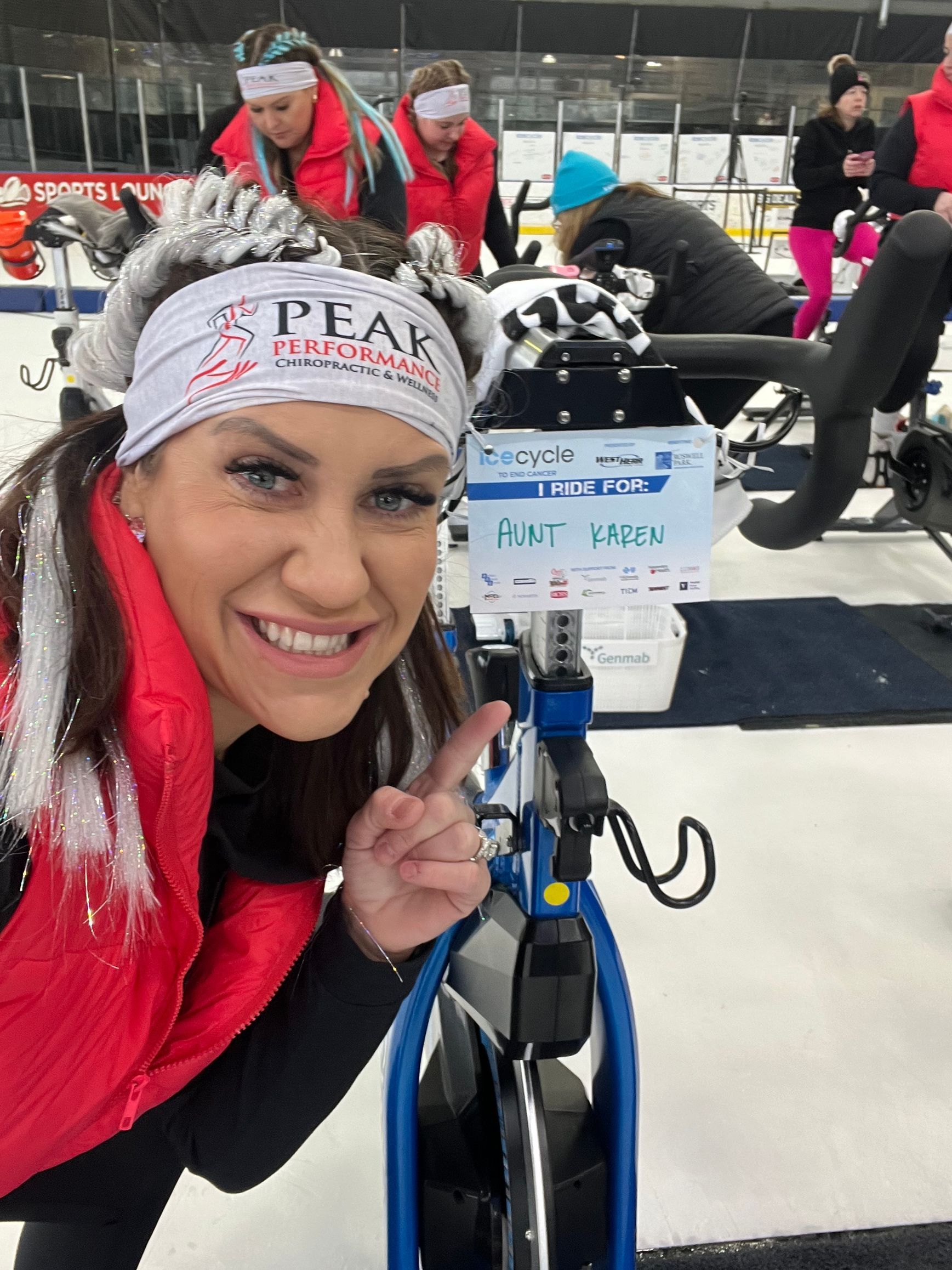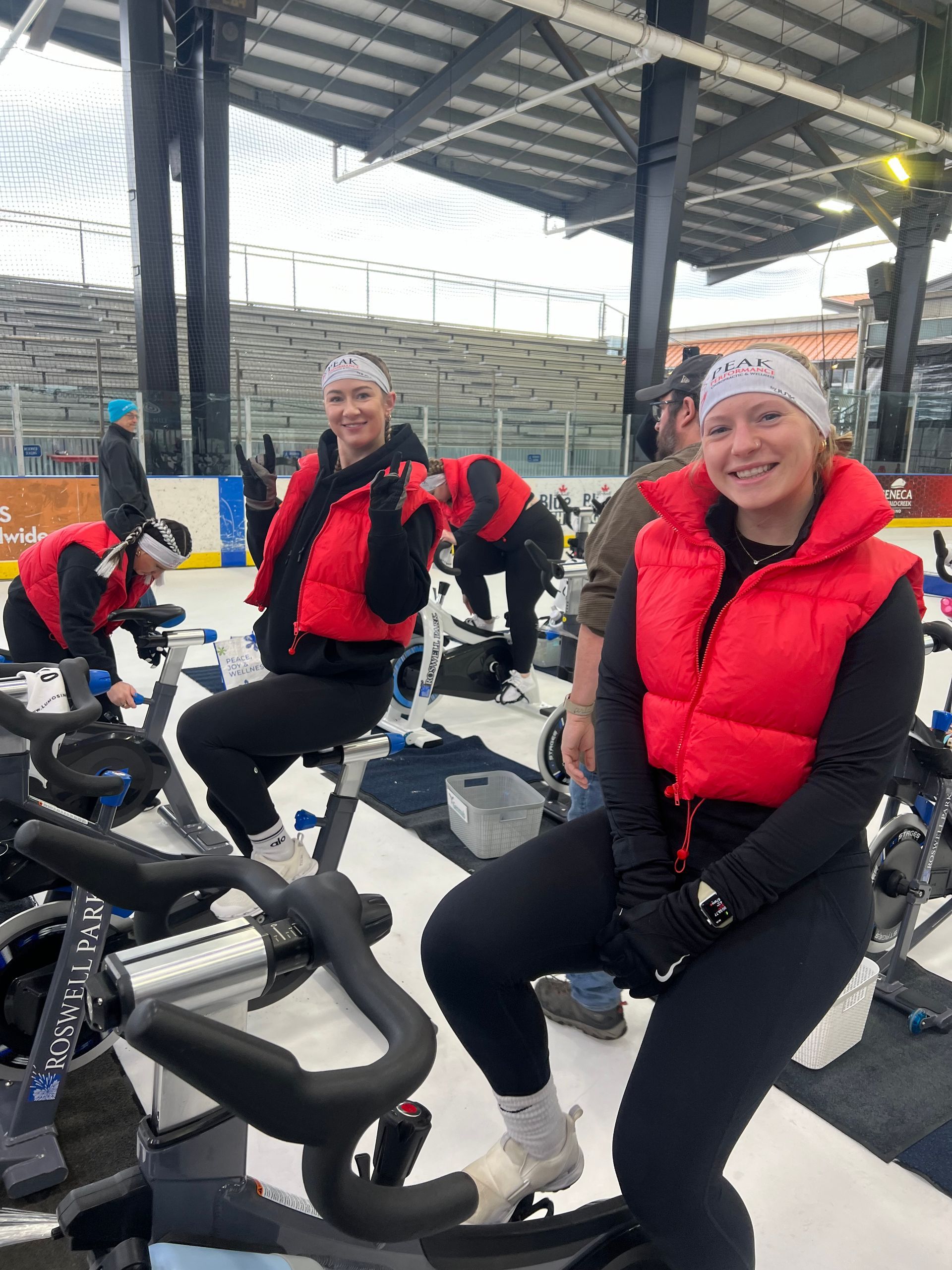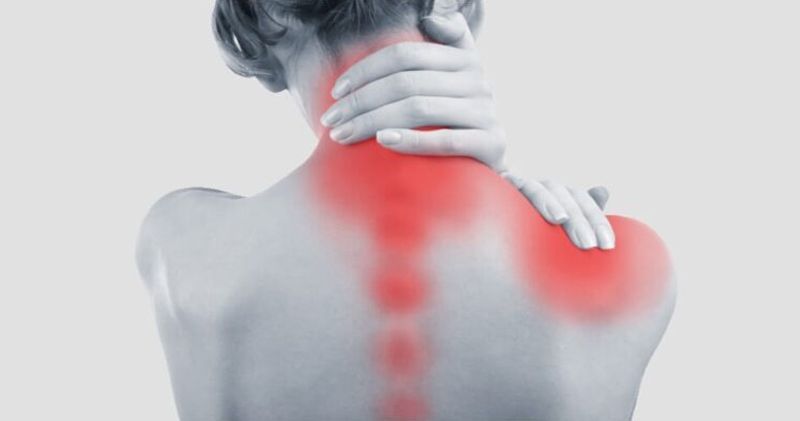Ice Cycle 2024

Peak Performance Chiropractic & Wellness proudly hosted our Onederland Celebration , a festive, family-friendly event created to thank our patients, staff, and community for an incredible year of growth and support. The celebration brought together families, friends, and neighbors for an afternoon filled with holiday cheer, laughter, and meaningful connection. Guests enjoyed seasonal activities, treats, and special surprises while coming together for a greater purpose. The event also served as a toy drive benefiting Be A Blessing Buffalo , allowing attendees to give back and help bring joy to local families during the holiday season. The Onederland Celebration truly reflected what Peak Performance stands for—community, gratitude, and giving back. We are incredibly thankful to everyone who attended, donated, volunteered, and helped make this event such a success. Because of our amazing community, we were able to celebrate one year of growth while spreading kindness and making a positive impact beyond our walls. We look forward to continuing this tradition and creating even more meaningful moments together in the years ahead.

As temperatures drop and snow blankets the ground, winter sports enthusiasts eagerly prepare for a season of skiing, snowboarding, ice skating, and more. While these activities offer an exciting way to stay active during the colder months, they also present unique physical challenges that can lead to injuries if the body isn’t properly prepared. A strategic approach to seasonal wellness can help you build strength, improve flexibility, and reduce the risk of common winter sports injuries.

When it comes to filling a stocking, there’s something magical about tiny treasures that pack a big punch. Sure, candy canes and fuzzy socks are classics—but what if your stocking stuffers could actually make someone feel better long after the holiday sugar crashes fade? This year, level up your gifting game with wellness-forward, feel-good, wow-that’s-so-useful ideas curated with your favorite chiropractic and massage office in mind. Whether you’re shopping for the gym buff, the “my neck hurts every day” coworker, the parent who needs a moment of peace, or that friend who swears they’re finally going to prioritize self-care in the new year, we’ve got you covered. Here are our top stocking stuffers that are cute, practical, and chiropractor-approved.

Thanksgiving is the time of year when we pause to appreciate the big things—family, food, football, and maybe even a perfectly flaky pie crust. But there’s one thing we often forget to be grateful for: our bodies . Every day, your muscles, joints, and connective tissues do a whole lot more than you realize. They carry you through grocery store marathons, marathon-marathons, late-night study sessions, workdays, workouts, and everything in between. So this season, before you grab that second helping of mashed potatoes (no judgment here), take a moment to thank the parts of you that keep you moving. Here are five simple, meaningful ways to show your body a little gratitude—and feel better in the process.

If you’ve ever stood up after a long day at your desk and thought, “Why does my lower back feel like it’s been personally offended?”—you’re not alone. In fact, your posture may be telling a whole story. Enter Lower Cross Syndrome (LCS) : a common postural pattern that shows up when certain muscle groups decide to overachieve while others go on vacation. The good news? You can absolutely fix it—and your favorite chiropractic and massage team is here to help.

As the temperature drops and the days get shorter, winter brings cozy nights, comfort food, and—for many—an uptick in sniffles, coughs, and the flu. While we can’t control every germ that crosses our path, we can support our immune systems to better defend against them. A strong immune system is the body’s best defense against seasonal illnesses, and with a few intentional habits, you can give yours a well-deserved boost this winter. Let’s break down some evidence-based ways to keep your immune system in top shape through the colder months.

Fall in Buffalo is beautiful—the crisp air, the smell of bonfires, and, of course, the sea of colorful leaves blanketing your yard. But before you grab your rake and get to work, it’s worth talking about something most people don’t think about until it’s too late: the physical toll of yard work. Raking may seem harmless, but poor technique, repetitive motion, and improper lifting can lead to back pain, muscle strain, and even more serious injuries. Here’s what you should know about protecting your body during fall cleanup—and how chiropractic and massage care can help you recover and stay strong all season long.











